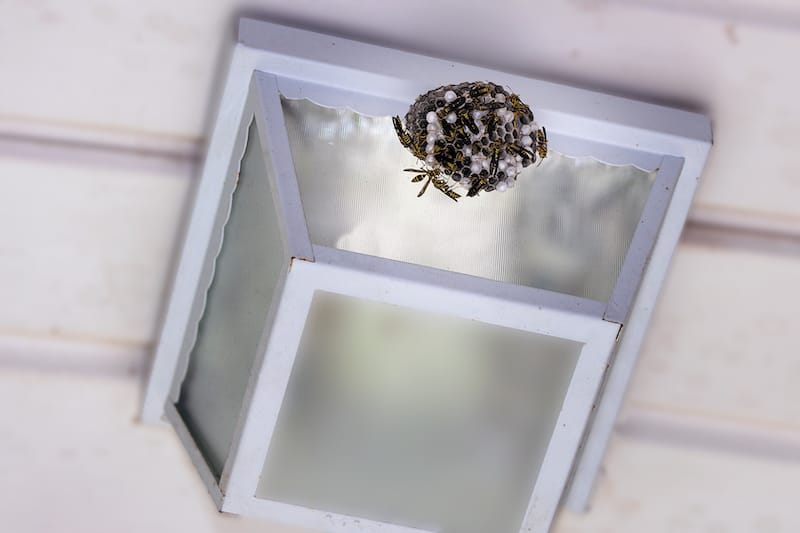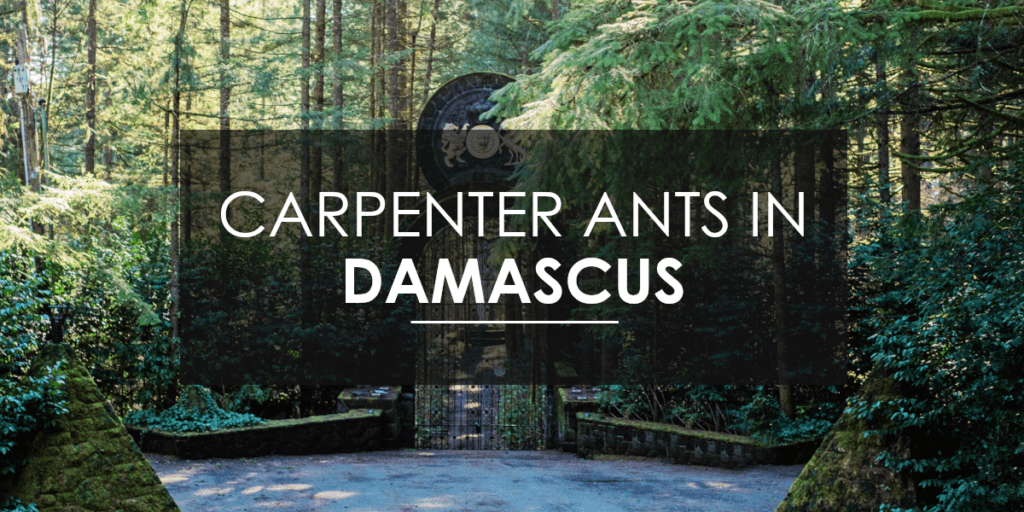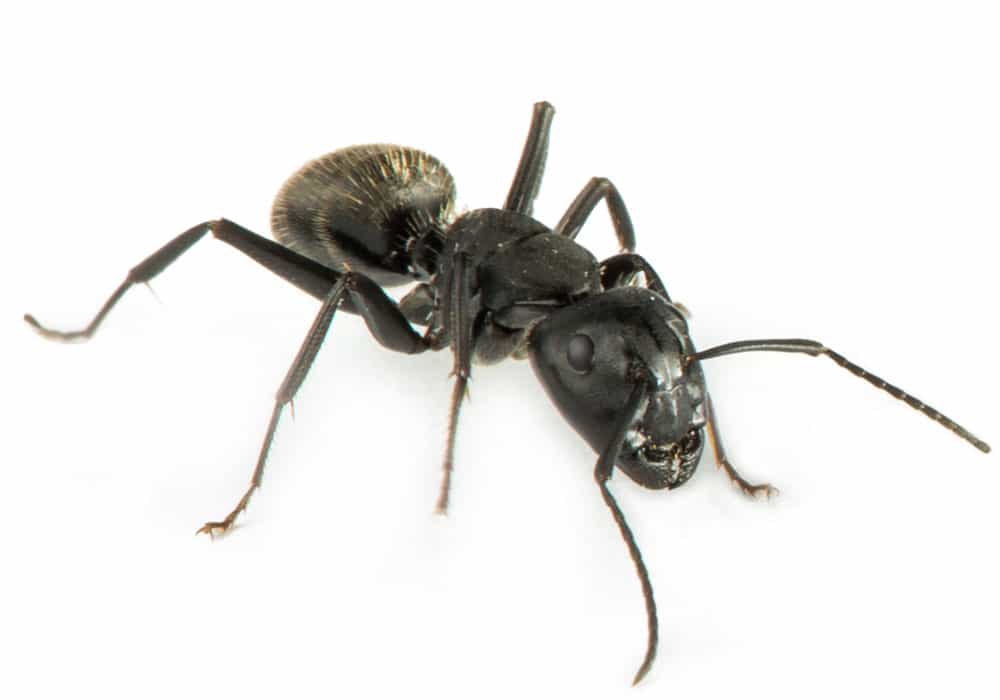Have a stinging insect infestation? Here’s everything you need to know!
Orchards homeowners like yourself commonly find themselves in situations where they’re suddenly facing a stinging insect infestation. If you’re concerned about a potential infestation, don’t hesitate to call the professionals.
Call Aspen Pest Control for your FREE quote. We’ll provide you with comprehensive, hassle-free recommendations so you can get the peace of mind you deserve and the service you need.
In the meantime, here’s everything you need to know about wasps, hornets, and yellow jackets.
Wasps, hornets, and yellow jackets are all different insects
That’s right! Though it might surprise you, wasps (more appropriately called “paper wasps”), hornets, and yellow jackets are all distinctly different creatures.
The layperson will commonly use these names interchangeably, but each one is a slightly different size, with different diets, different nesting styles, and different levels of aggression.
Stinging insects require professional intervention
Speaking of different levels of aggression, we believe professional intervention is the best way to deal with a stinging insect intervention.
This is because our technicians will be able to more easily identify the subtle differences between paper wasps, hornets, and yellow jackets, and can then create a treatment plan based on that specific insect and the level of infestation found.
Perhaps even more importantly, knowing how aggressive these creatures can be, especially if they feel their nest is being threatened, our technicians will come prepared with the appropriate protective gear, application equipment, commercial grade products, and their professional know-how that will help you get the results you’re looking for as safely as possible!
Wasps, hornets, and yellow jackets have different nesting patterns
There are similarities and differences in the way that these stinging insects nest. In terms of similarity, all three of these insects are responsible for creating the material used to build their nests.
What they do is combine their saliva with organic materials like plant matter, stems, and dried wood, and create a material much like papier mache (thus the name “paper” wasp). They then use this material to construct their nests.
Paper wasps and hornets like to build their nests in areas that are quiet and safe, meaning out of the way but still close to resources in your yard that they find desirable, which may include other smaller insects or flowers, depending on the species.
Areas like awnings, patio ceilings, high plumbing — high reaching areas out of the way of predators, essentially — are ideal for these creatures.
Yellow jackets, on the other hand, are even more covert in their nest building habits.
They’ll choose high branches and deep shrubbery, abandoned animal dens, and hollow trees or logs for their nests, which can sometimes be as big as a basketball and contain thousands of the stinging insects!
Wasps, hornets, and especially yellow jackets, are incredibly aggressive
As we mentioned, if any of these insects feels their nest is being threatened, they will not hesitate to act aggressively.
The interesting (and dangerous) thing about yellow jackets is that they tend to be the first aggressor toward people, even if you’re just in the general vicinity of their nests.
They can sting repeatedly, and these stings hurt considerably. Now, remember, we said that the yellow jacket nest can house thousands of insects, which makes nest removal incredibly difficult and undeniably dangerous for the layperson!
Let a professional manage your stinging insect nest removal
You might think, “Well, can’t I just spray the nest? Isn’t that enough?” and while that’s a fair assumption, it’s an incorrect one.
Nest removal is essential to having an effective pest control experience. The nest is central to everything in a stinging insect colony — it’s where the queen resides, where mating takes place, and where larvae are hatched.
Simply applying treatment products to the nest only takes care of half the job.
This is why nest removal — up to and including those nests that are found as high as your second-story eave — comes standard with Aspen Pest Control’s stinging insect removal services.
Again, and we can’t emphasize this enough, please let a professional remove the nests from your home or property to keep you and your family, and to ensure a better outcome for your infestation situation.
The most effective way to manage your pest infestation is through year-round maintenance
The reason that pests have come to your property is because you’ve invited them there. Of course, this wasn’t intentional, but it’s the most likely scenario.
Other insects, desirable plant life, standing water, access to trash, recycling, or compost bins — these are all reasons pests can be found in your yard.
And now that they’re there, it’s only a matter of time before they try to make their way into your home. After all, it’s warm, it makes a great shelter, and it’s filled with food. All it takes is a broken window seal or a crack in your siding for them to make their way inside, and suddenly you have quite a bad situation on your hands.
This is why we offer our client the Home Protection Plan, year-round, quarterly pest control services designed to address the infestations you have today, while preventing the ones you’ll have tomorrow should things go untreated.
Aren’t you ready to make the nuisance and stress of pests a thing of the past? You deserve pest control services that are tailored to your needs and that are convenient for your lifestyle, and that’s exactly what Aspen Pest Control provides.
Call us TODAY for your FREE quote!







